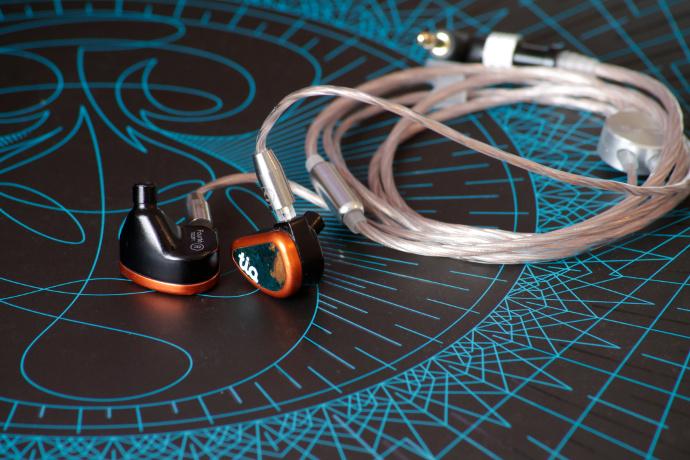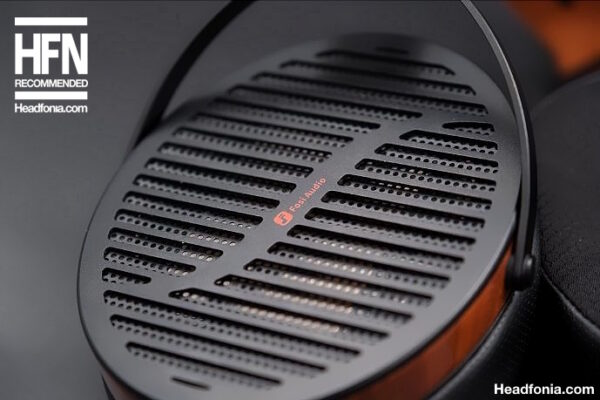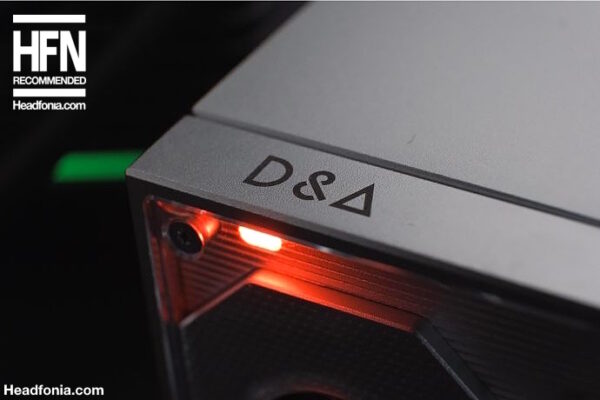Sound:
Cable-sound is always a very fun topic. It causes for heated discussions between the believers and those that immediately scream snake-oil. While I have been a sceptic myself for the better part of my journey, I have converted a couple of years ago. Ever since then, I was able to perceive the minute changes and alterations cables brought to me.
Since you are reading this review, I believe chances are high you also hear the benefits of after-market cables.
Oslo has a very rich and nicely warm sound. It goes deep with good extension, puts more weight to the bass-notes and adds some body to the lower registers. It presents the sound with a meaty and organic approach, that is filled with density.
One of Oslo’s most obvious qualities is its immense smoothness throughout all frequencies. If you’re afraid of a pesky treble grain Oslo has you covered. It sands over any hard edges and smooths them out just fine. With Oslo you also get a more extended top-end. Treble is rich, detailed but tamed to a certain degree.
The mids of Oslo are best described as organic, full and weighty. There is good body added to each note and they come across with a nicely muscular and musical sound. It’s harmonic and romantic alike, with a body like good red wine.
If I’d have to give critique to the sonic performance I’d say the Oslo lacks transparency, resolution and air. For a 599$ cable I have expected more in that area, although the super-smooth and rich signature does come with that.
In terms of technicalities Oslo creates a well-spread sound-stage with good width and depth. It does not create a holographic sound, but does concentrate on the performers. It gives them good room to move around in, but does seem a bit held back when it comes to imaging. I have heard better improvements with other cables when it comes to background blackness or imaging sharpness.
Now, for testing I applied the contact enhancer on the 2-pins, the plugs and the Awesome Plug connectors. What I found, is that the dynamic range seems to be enhanced. The picture is rendered cleaner and clearer with higher resolution. Also dynamics have stepped up. Notes seem to be portrayed with a sharper cut and a cleaner tone.
Suggested Pairings:
Noble Katana, Noble Kaiser Encore, 64 Audio Tia Fourté, HUM Dolores, Vision Ears VE 3.2, qdc Fusion
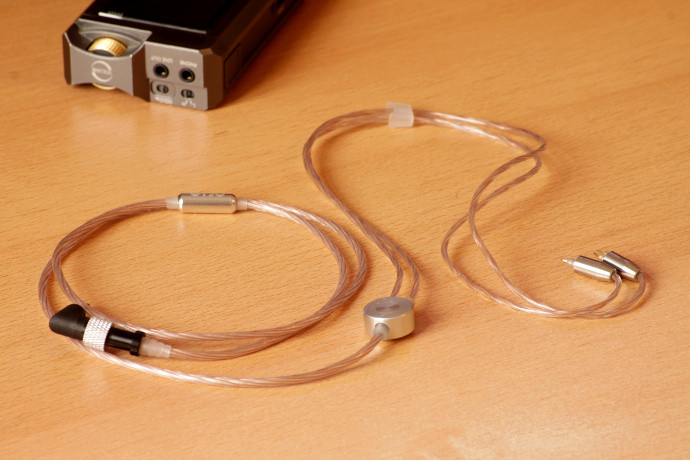
Dita Audio Oslo
Comparisons:
The Oslo’s unique recipe does make it hard to compare it to other cables based on technological similarities. So we have to concentrate solely on what your wallet offers here. Out of my inventory I want to focus on two cables. The DHC Clone Fusion and the Eros II in eight-wire configuration by Effect Audio.
Mentioned prices are in USD.
Double Helix Cables – Clone Fusion (549$)
The DHC Clone Fusion is a whole different animal than the Oslo. It comes with a relatively big wire gauge of 22 AWG, which makes it a whole lot bigger and heavier. Sonically, the DHC is higher resolving throughout and does not come with the smooth sound the Oslo brings.
The Oslo is a whole lot richer, smoother and more organic. While the DHC concentrates on giving you the maximum information and portraying everything on a very dark background. The Oslo wants you to enjoy your music more. It creates more flesh while the DHC does give you a meaner punch.
Both monitors add a good dose of extension into both ends of the spectrum. The DHC does however realize a larger scaled sound-stage with more depth and width. Where the Oslo does come out as more pleasing again to my ears is treble. It does give highs a softer and richer tone, while the DHC turns the Watt count on the bulb ups and gives you a brighter treble appearance.
The DHC to me does image sharper, it separates instruments and musicians cleaner and also gets a higher valued layering.
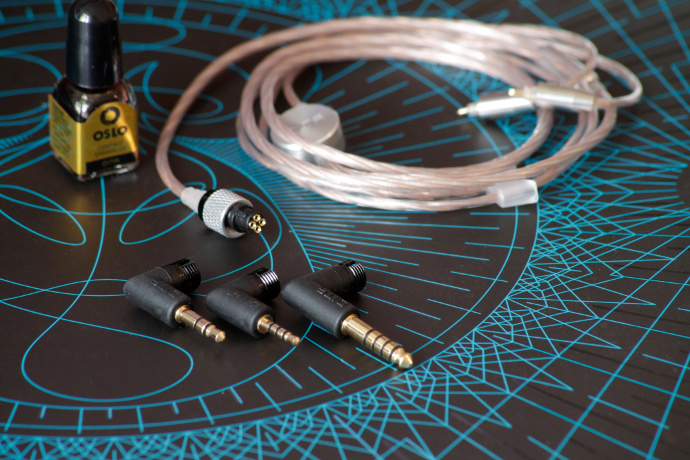
Dita Audio Oslo
Effect Audio – Eros II 8-wire (599$)
The Eros II 8-wire is a Bespoke offering from Singapore’s Effect Audio. You won’t find it on the regular menu unless you specifically ask for it.
The EA cable has a more neutral tonality than the Oslo, which is again fuller, denser and richer. The Dita puts more weight to the lower registers, which creates a more vibrant lower midrange and bass segment. The EA seems more focussed in the lows, it keeps things tighter and does not have as much meat on the bones as the Oslo. Both cables offer great extension into lows, but I feel the Eros II does go a tick higher on the other end of the spectrum.
Mids are more resolved and of higher accuracy on the Eros II than on the Oslo. The Dita however again offers a more musical, more romantic and just more pleasing midrange. With the Oslo you almost can feel the notes with their weight, whereas the Eros II takes a more analytical approach and wants you to hear every detail of them.
The Eros II offers higher resolution, a darker background and sharper imaging. It also comes out on top when looking at layering and texture. The Oslo smooths out corners and details which the Eros II displays more obviously. With the EA cable you get a slightly wider and deeper sound-stage, that seems more structured.
Treble on the Oslo is again richer, softer and more pleasing in brightness. The Eros II does add some sparkle and sharpness, which the Oslo covers in silk. As mentioned before the Eros II to me offers wider extension into highs.
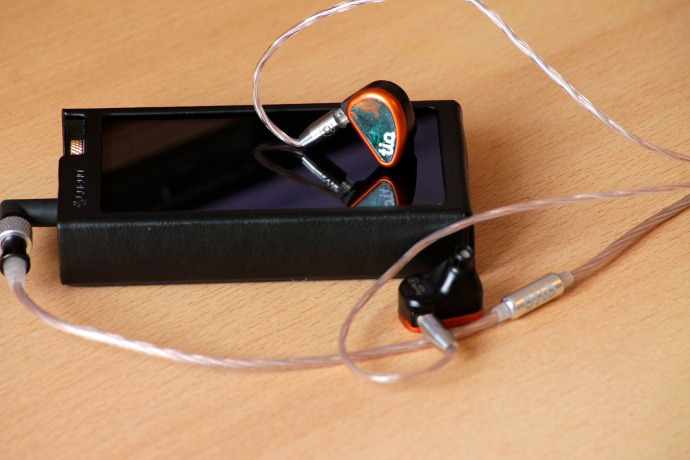
Dita Audio Oslo
Conclusion:
The Oslo does present a very unique proposal in today’s market. I have not heard of any other oil soaked cable in the personal audio scene myself. Maybe there are more in the Asian corners of the world, but here in Europe these things are very uncommon.
Oslo offers a damn smooth and organic sound, with a high musicality factor that suites a wide range of different IEMs. It goes for a conflict-free, grain-less and enjoyable sound. Oslo brings a certain quality to the table which is hard to find, and if you’re looking for rich, romantic and full-bodied, this is it. There are drawbacks though. The super tight 2-pins that don’t fit every socket or the missing transparency and air in the signature for example.







